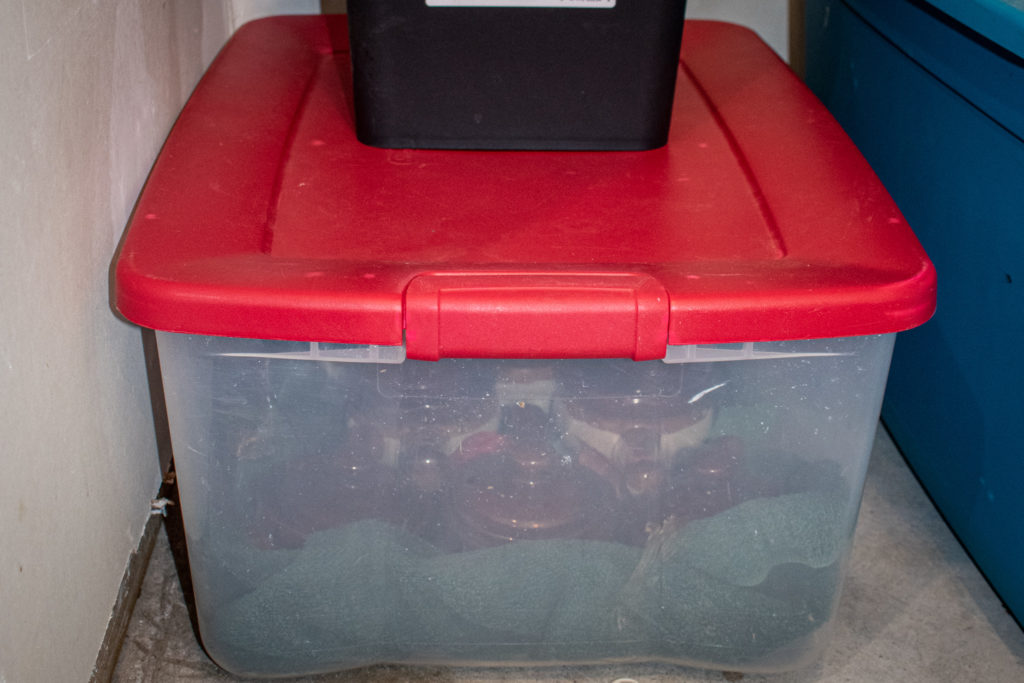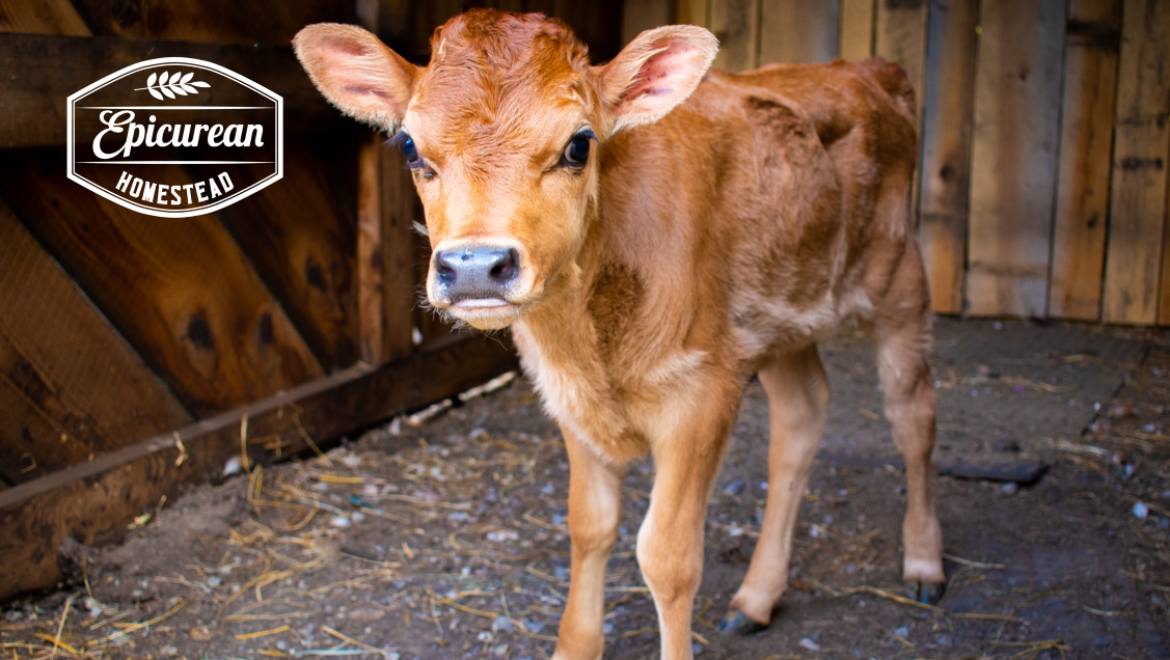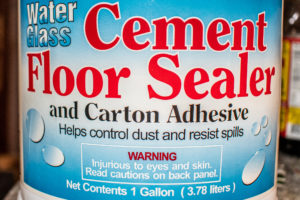Waterglass Eggs
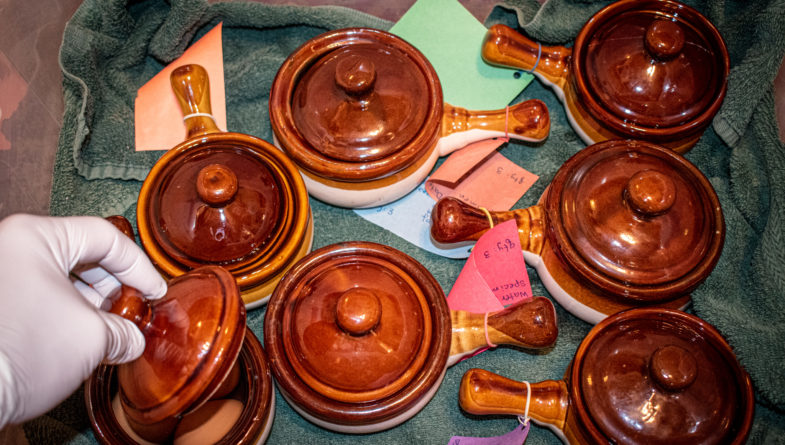
If you’re like most egg-lovers who raise their own chickens you know the cycle, in the summer you are that person who brings baskets of eggs everywhere they go and hands them out to all your friends. Nothing wrong with that! Except that in the winter you can’t believe you have to spend $5 a dozen on store-bought eggs which don’t even have deep golden yolks! You’ve probably tried freezing them in different ways, beaten in ice cube trays, whole in-the-shell, etc. These methods have their pros and cons but the gold standard is finding a way to save up the summer’s surplus in a way that provides fresh eggs all winter long when the ladies in the coop rest up on their production. I want to have summer eggs in the winter, eggs I can crack into a pan for fried eggs, put into a cake, or use for a custard with equal ease. What’s the secret to this nirvana? The answer lies in an old world method of egg preservation called waterglass eggs. As there is so much mis-information and conflicting information about this process, let’s set the board with some definitions.
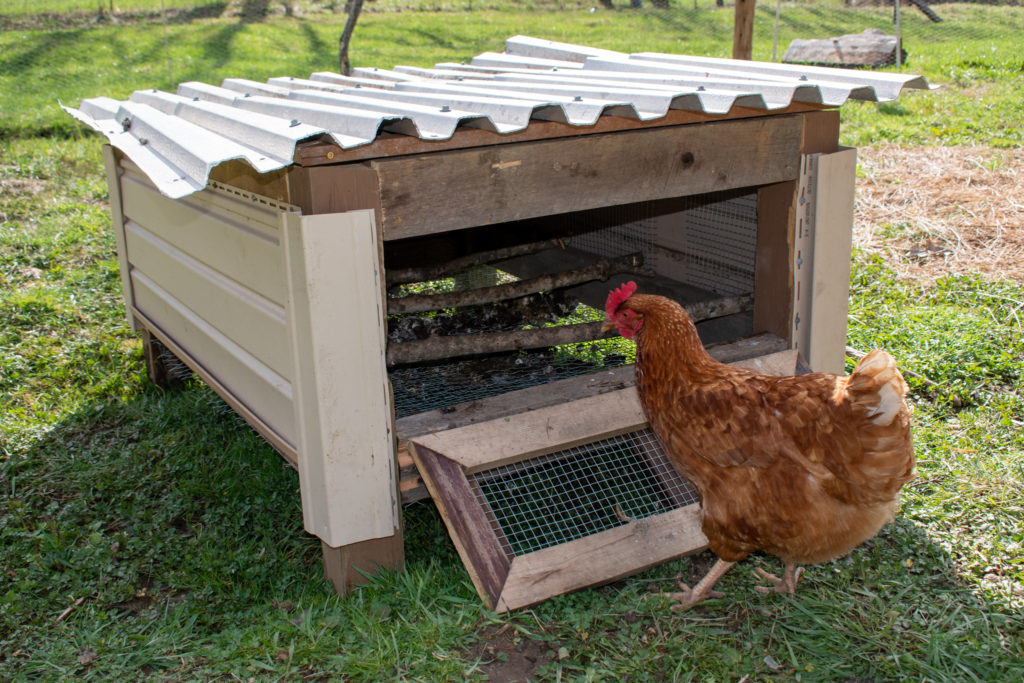
Egg Preservation Definitions
When it comes to storing eggs long-term at room temperature, there are two main methods which have been used for centuries. One of those uses slaked lime and the other uses a material called waterglass. Many people conflate the terms so we’ll spell them out here.
Slaked Lime
This method of egg preservation dates back many centuries to Ancient China where this method of preservation was discovered accidentally. Modern methods use a saturated solution of Calcium Hydroxide, an odorless, white powder produced by mixing (or slaking) calcium oxide with water. This product goes by many other names including pickling lime, caustic lime, and slack lime. The eggs can either be directly packed in the powder or packed into a solution of water and Calcium Hydroxide.
Waterglass Eggs
This method uses a chemical called sodium silicate, also in a water solution, to coat the eggs with a cement like coating which will protect them from airborne pathogens which hasten egg spoilage.
Why Waterglass Eggs?
According to an informal but fun test run by Mother Earth News in 1977 on several different “granny-reported” egg preservation methods, waterglass eggs came in a “distant second” to keeping eggs under refrigeration. If you have a second fridge to just store eggs in and don’t mind the $25/month or so it costs to run said fridge, that is your best bet for keeping your hen fruit fresh into the winter months. For those of us without that luxury of space or funds, we’re left with the next-best alternative: waterglass eggs.
The Epicurean Homestead Waterglass Eggs Experiment
In my early research on waterglass egg preservation methods I came across some conflicting advice (don’t use store-bought eggs, don’t wash, do wash, wipe the eggs, ensure perfectly clean eggs, put the pointy end down, etc.) and so I decided to run a small-scale experiment of my own to see if any of these instructions actually made a detectable difference in the quality of the stored egg over time.
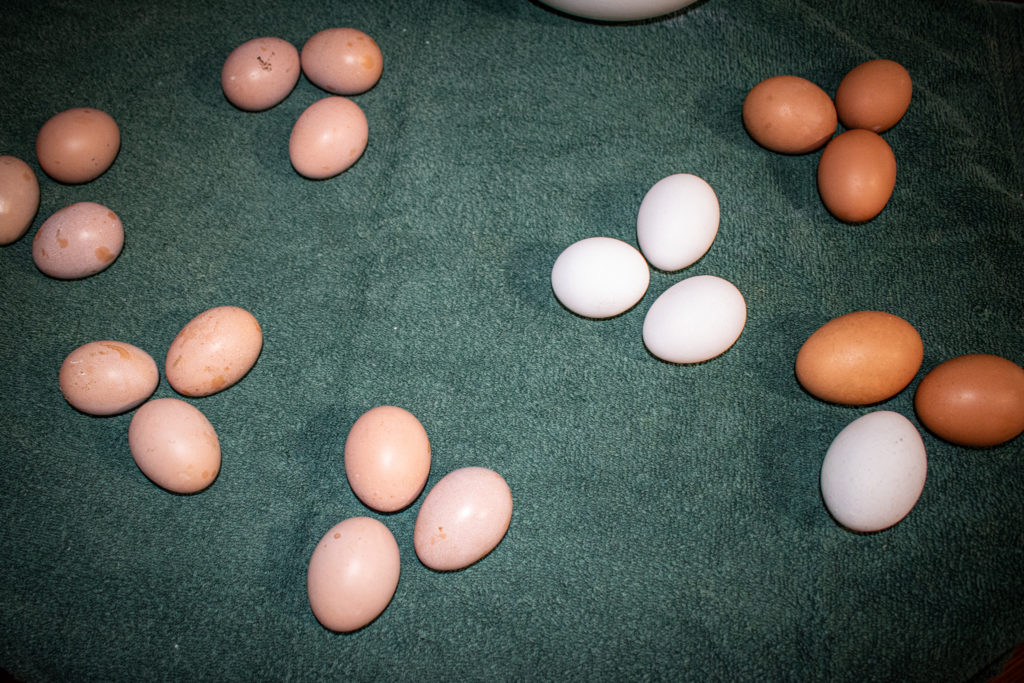
Experiment Conditions
I use the following product for my waterglass efforts: Rutland Products Water Glass sealant and Adhesive.
This looks like a horrible thing to put in contact with your food supply but the ingredients are simple and the preservation of eggs is one of the listed uses on the bottle. It was more affordable than any of the alternatives I could find in box stores or online. This solution is mixed one part waterglass to eleven parts water. I did boil and cool my water first, since we’re on a well, to remove water as a possible contaminant source. I’ve had these adorable clay pots sitting in the root cellar for years wanted to do SOMETHING with them besides making French Onion Soup.
The following variables are being checked (with a minimally statistically valuable “control group”:
| egg size | |
| large | |
| mid sized | |
| small | |
| egg position | |
| little end down | |
| on its side | |
| egg cleanliness | |
| washed | |
| wiped | |
| “dirty” | |
| egg source | |
| best “organic” supermarket eggs | |
| low-grade “cheap” supermarket eggs | |
| farm fresh |
The supermarket eggs, of course, are washed. The farm fresh eggs were treated three ways. Those which were washed were scrubbed under hot water so that no dirt and no bloom was present immediately before placing into the waterglass. The wiped eggs had visible contamination removed gently with a damp cloth, leaving the bloom mostly in tact. The “dirty” eggs were allowed to keep any small bits of dirt, blood or poo in place as they were gathered from the nest box.
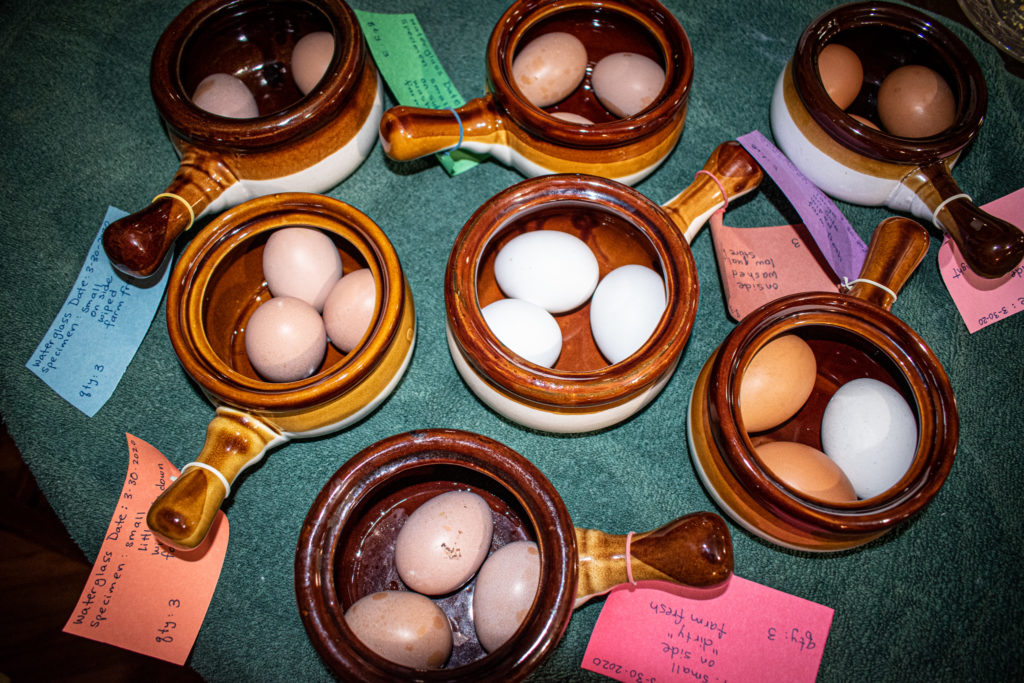
After sorting through my available eggs and containers I decided on the seven following groups:
| Containers | 1 (Orange) |
| egg size | small |
| egg position | little side down |
| cleanliness | wiped |
| egg source | farm fresh |
| Containers | 2 (Light Blue) |
| egg size | small |
| egg position | on side |
| cleanliness | wiped |
| egg source | farm fresh |
| Containers | 3 (Green) |
| egg size | small |
| egg position | on side |
| cleanliness | washed |
| egg source | farm fresh |
| Containers | 4 (Red) |
| egg size | small |
| egg position | on side |
| cleanliness | “dirty” |
| egg source | farm fresh |
| Containers | 5 (Purple) |
| egg size | large |
| egg position | on side |
| cleanliness | wiped |
| egg source | farm fresh |
| Containers | 6 (Pink) |
| egg size | mid |
| egg position | on side |
| cleanliness | washed |
| egg source | best store bought |
And, finally
| Containers | 7 (Brown) |
| egg size | mid |
| egg position | on side |
| cleanliness | washed |
| egg source | low quality store bought |
Experiment Process
The eggs were all waterglassed at the same time and are stored in “basement conditions” with a temperature between 55 and 70 year round. This is a little cooler than the Mother Earth News experiment which may extend the useful life of the waterglass eggs beyond what they described as 5 months. Waterglass levels will be monitored and topped if required to ensure te eggs are fully submerged at all times.
An egg from each container will be opened at 3 months, 6 months and 12 months. The condition of each egg under storage for the different conditions will be documented and described so that we can hopefully have SOME kind of empirical data regarding some of the common instructions regarding waterglass eggs.
Look for updates on June 1, 2020, October 1, 2020 and a final update with results summarized around May 1, 2021.
